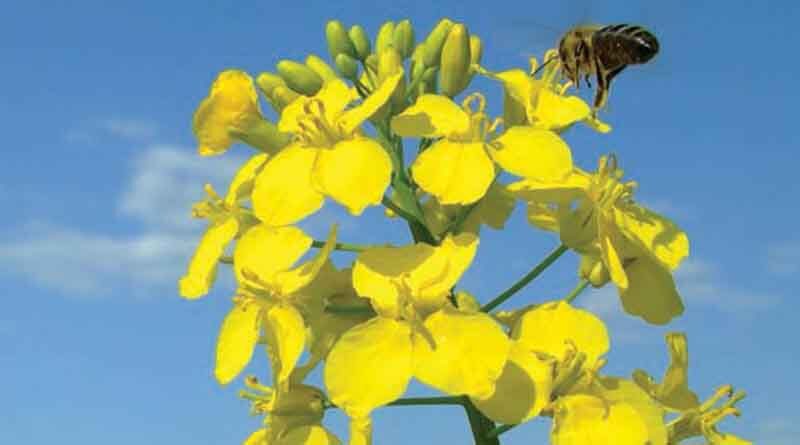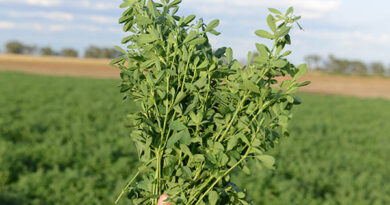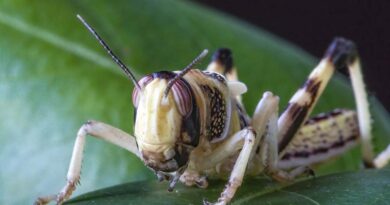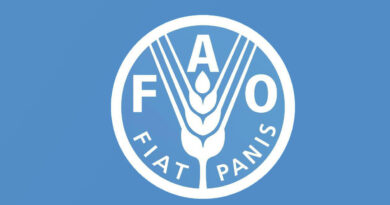Australia: Controlling pests and diseases in crops
30 May 2022, Australia: Biopest® provides growers with an Integrated pest and disease management product capable of controlling multiple, unrelated pests and fungal diseases simultaneously.
Biopest® is a uniquely pure (99.8 per cent USR) food grade nC24 biodegradable paraffin oil with a phyto-safe emulsifier. This proprietary formulation is for use in combination with traditional pesticides and/or as a standalone fungicide or insecticide.
The product is registered for control of insect pests and fungal pathogens in over fifty crops including cotton, brassicas, bananas, avocados, macadamia, stone and pome fruits, nut crops, grapes, olives, vegetables, tree crops and many more.
Pests controlled include registrations for aphids, whitefly, leaf hoppers, jassids, thrips, mealy bugs, mites, leaf miner and over ten different scale insects. Sucking pests are generally less mobile than beneficials and are therefore more susceptible to Biopest. Maintaining beneficial insects in crop is very important so they can work together with Biopest to control unwanted pests.
Biopest® for crop safety
Crop safety is a key reason many growers use Biopest.
The level of Un-sulphonated Residue (USR) in a spray oil is a measure of the degree of refinement. A paraffin mineral spray oil requires a minimum USR of 92 per cent (pc). The higher the USR percentage rating, the less likely to cause phytotoxicity. Spray oils with lower USR ratings have aromatic impurities which break down after exposure to sunlight to cause plant burn/phytotoxicity. Biopest has a USR of 99.8 per cent. Other oils may only have a USR percentage of 92 pc and require the use of a UV sunscreen to prevent phytotoxicity in high light intensity and/or hot conditions.
Biopest has proven to improve droplet dispersion, spreading and to reduce drift. When used as an adjuvant it can enhance pest kill and control, when used with traditional pesticides. When used in combination with other active ingredients this can form a dual mode of action and form part of a resistance management plan.
When used as an adjuvant Biopest can work as a prophylactic spray by reducing the output of volatile compounds from plants to make them less attractive for feeding. This effectively makes the crop an unwelcome target for pests to land, feed and/or lay eggs. Anecdotal evidence says flights of insects have not reached threshold levels for treating in crops which were recently treated with Biopest, while neighbouring paddocks without recent Biopest applications have had to be sprayed with an insecticide to control the out.
Anthony Snooke, a grower from Meckering WA says they used Biopest as a carrier for their second Roundup Ready herbicide application in canola.
“ I believe it has a real fit to keep aphid numbers in check while maintaining the beneficial insect numbers,” he said.
“ We also used it with Prosaro applications later in the season to control leaf rust in barley and sclerotinea in canola with good results and no leaf damage even when mixed with UAN”.
Other benefits of Biopest include:
- no known resistance
- produces a high rate of rapid mortality
- reduces reliance on synthetic chemistry, aiding in the prolonged life of that chemistry
- no persistent environmental residues
- safe and easy to use.
Biopest has organic registration for use in all horticultural and cotton applications.
Also Read: SWAL introduces Wuxal Macromix to combat heat stress on Wheat















